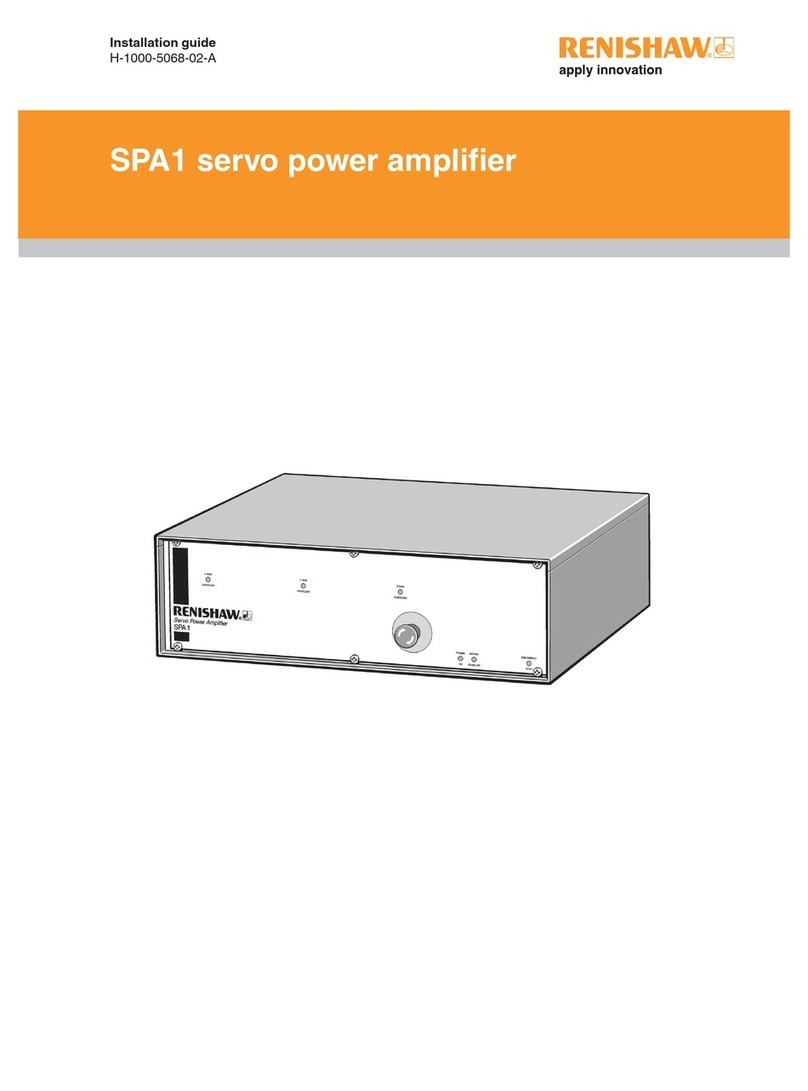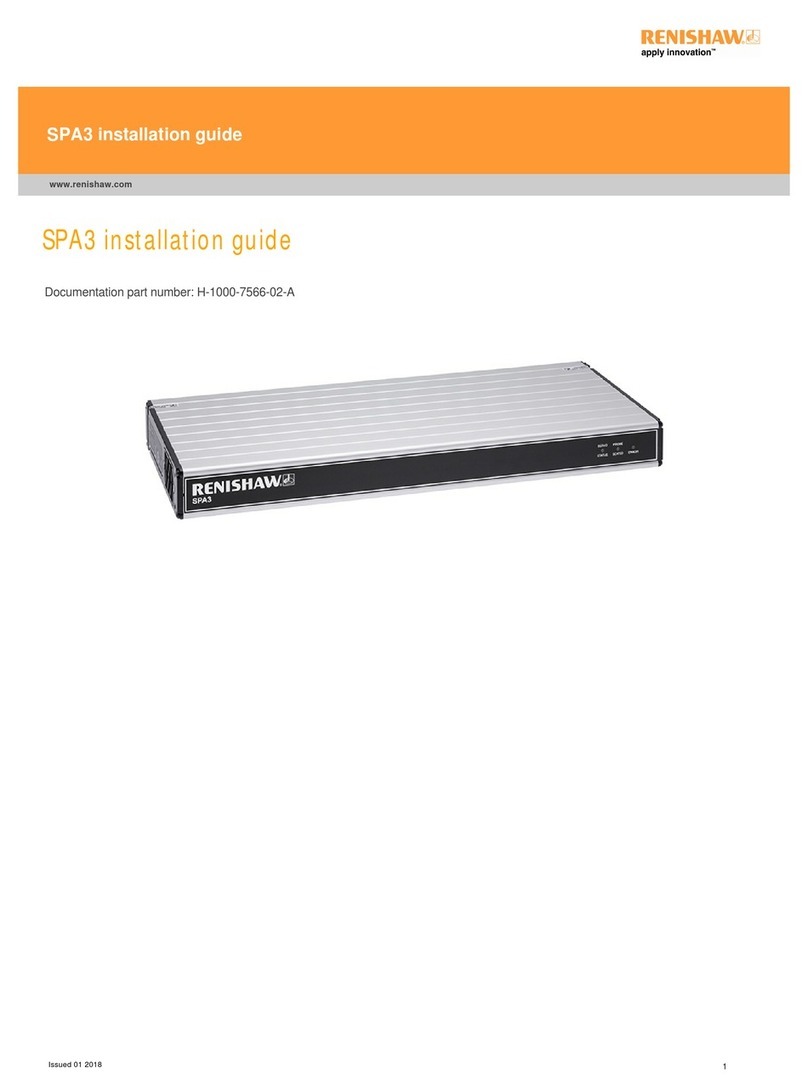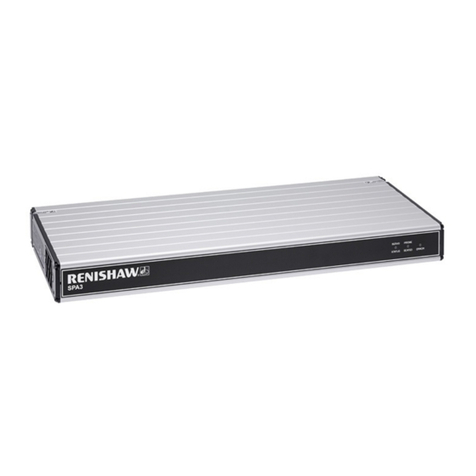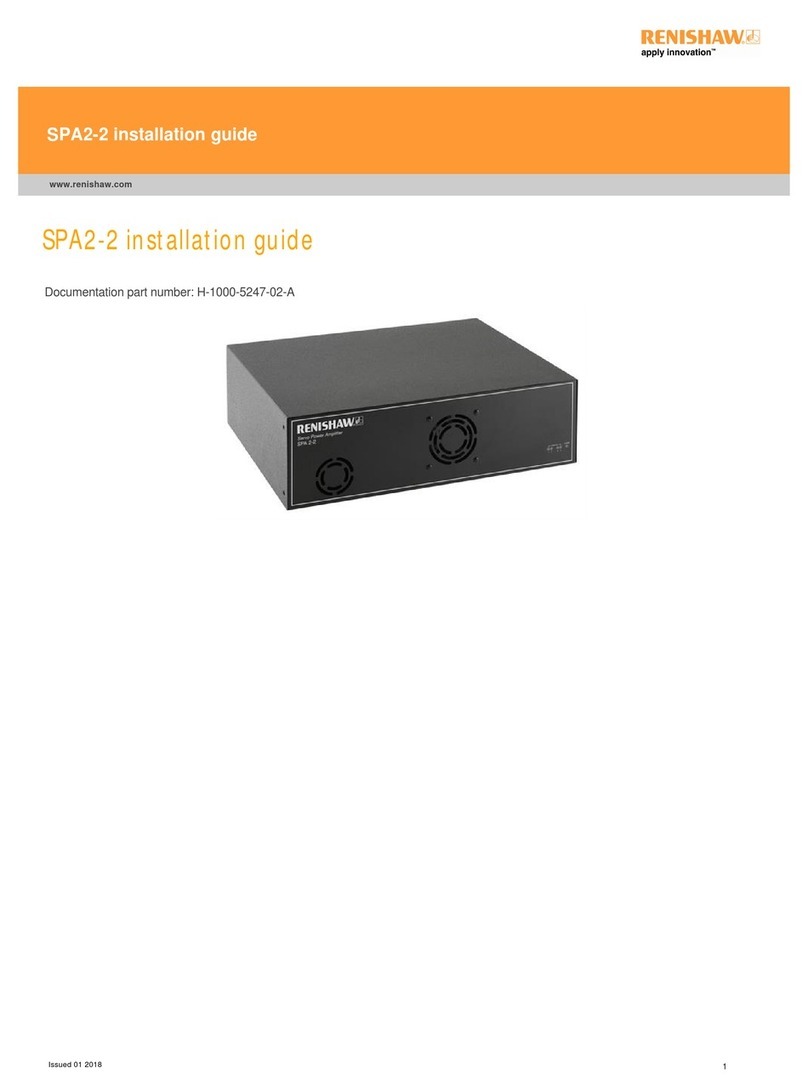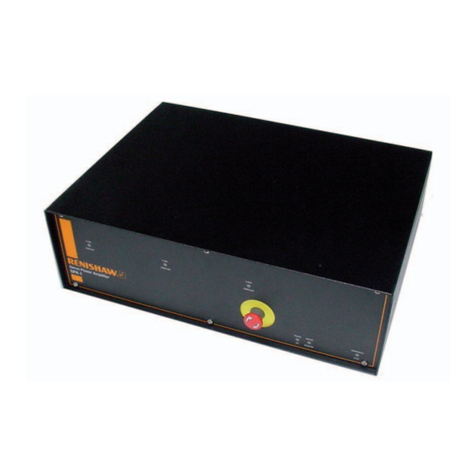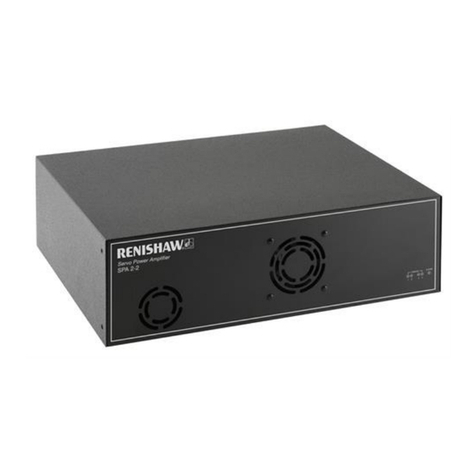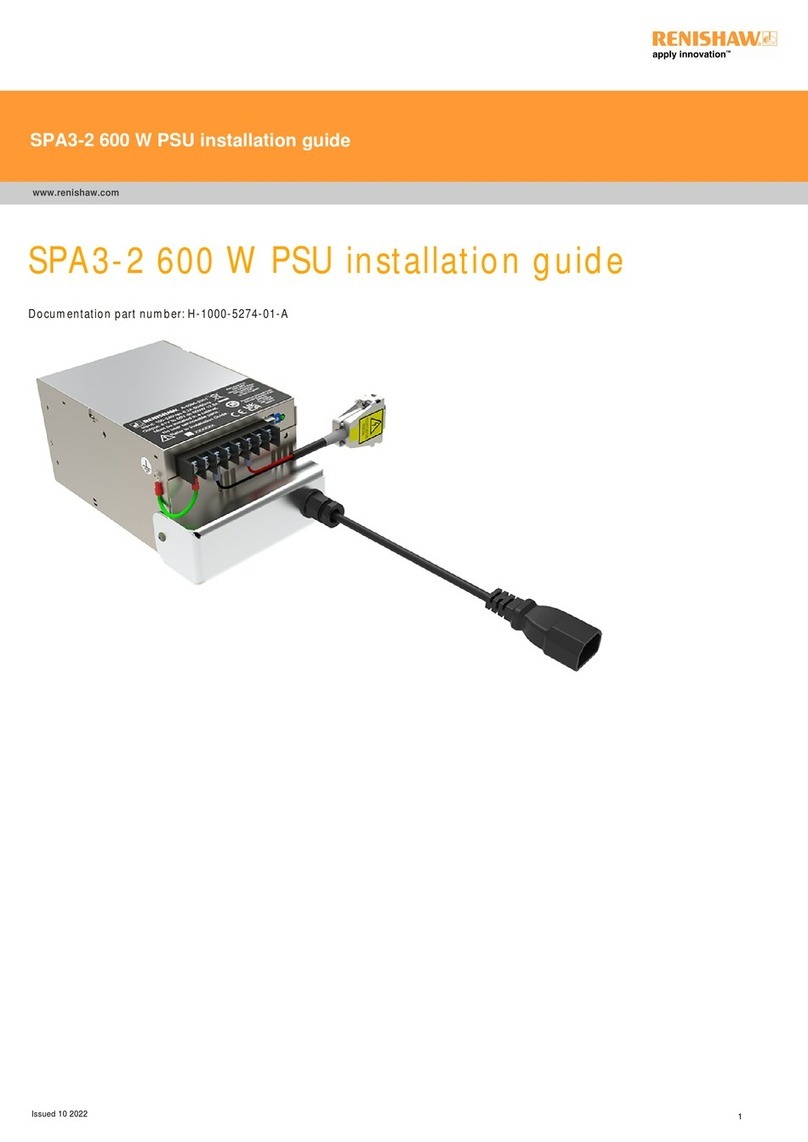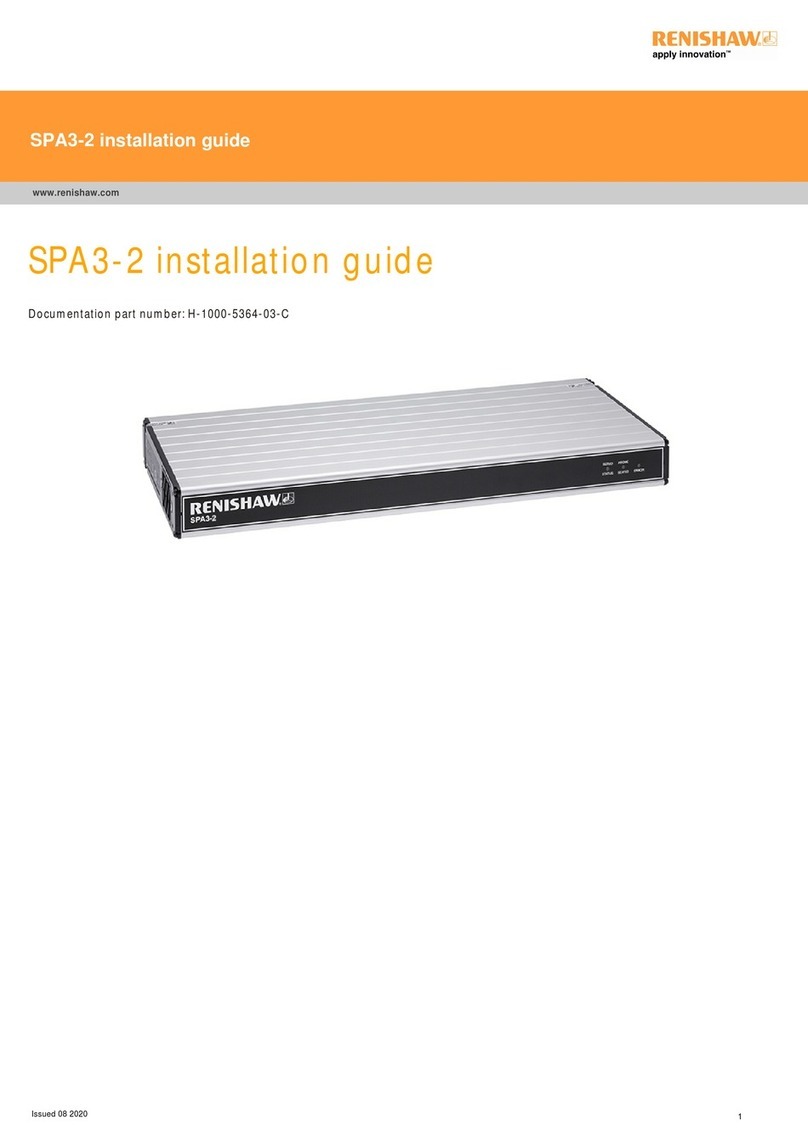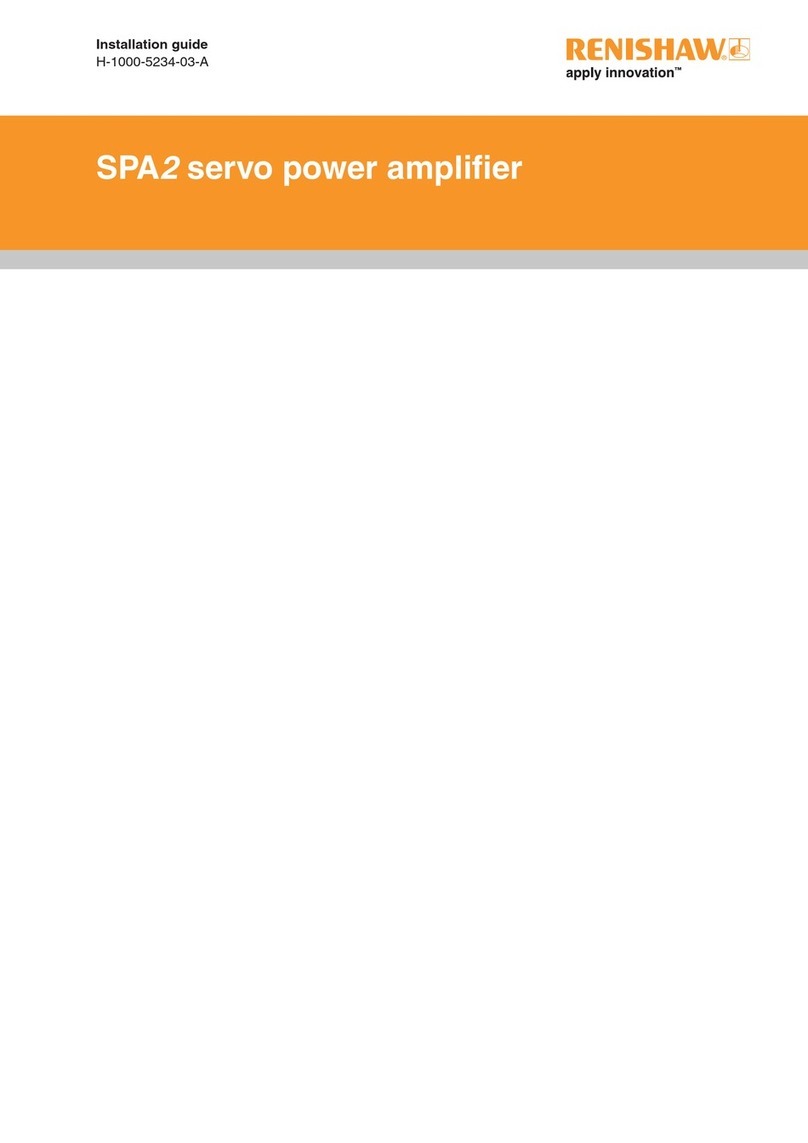
Contents 3
Contents
1Introduction..........................................................................................................................................5
2SPA1 commissioning sequence ..........................................................................................................6
2.1 Initial machine ini file creation ..............................................................................................6
2.1.1 Common parameters ............................................................................................6
2.1.2 Machine and move configuration..........................................................................8
2.2 Renicis sequence.................................................................................................................9
2.2.1 Initial steps............................................................................................................9
2.2.2 Close position loop .............................................................................................10
2.2.3 Set offset PA controls .........................................................................................11
2.2.4 Calc servo gain ...................................................................................................12
2.2.5 Velocity loop tuning.............................................................................................13
2.2.6 Adjustment of proportional and integral gains ....................................................14
2.3 Renicis position loop tuning ...............................................................................................15
2.3.1 Setting the uncompensated gain ........................................................................15
2.3.2 Applying acceleration feedback ..........................................................................17
2.4 Servo tuning test ................................................................................................................19
2.4.1 Servo tuning objectives.......................................................................................21
2.4.2 Applying velocity feed-forward............................................................................22
2.4.3 Scanning tuning procedure.................................................................................23
3Rotary table tuning procedure ...........................................................................................................24
3.1 Overview ............................................................................................................................24
3.1.1 Initial settings ......................................................................................................24
3.2 Tuning ................................................................................................................................25
3.2.1 Velocity loop tuning.............................................................................................25
3.2.2 Position loop tuning ............................................................................................26
4Definitions..........................................................................................................................................27
4.1 Uncompensated gain .........................................................................................................27
4.2 Acceleration feedback........................................................................................................27
4.3 Dynamic integrator .............................................................................................................27
4.4 Velocity feed-forward .........................................................................................................27
4.5 I2t Time ...............................................................................................................................28
4.6 IET Time.............................................................................................................................28
4.7 Overshoot (per axis)...........................................................................................................28
4.8 Following error (per axis, already existing) ........................................................................28
4.9 Steady state error (per axis)...............................................................................................28
4.10 Settling time (per axis) .......................................................................................................28
4.11 Tunnelling error (for the 3D move) .....................................................................................28
